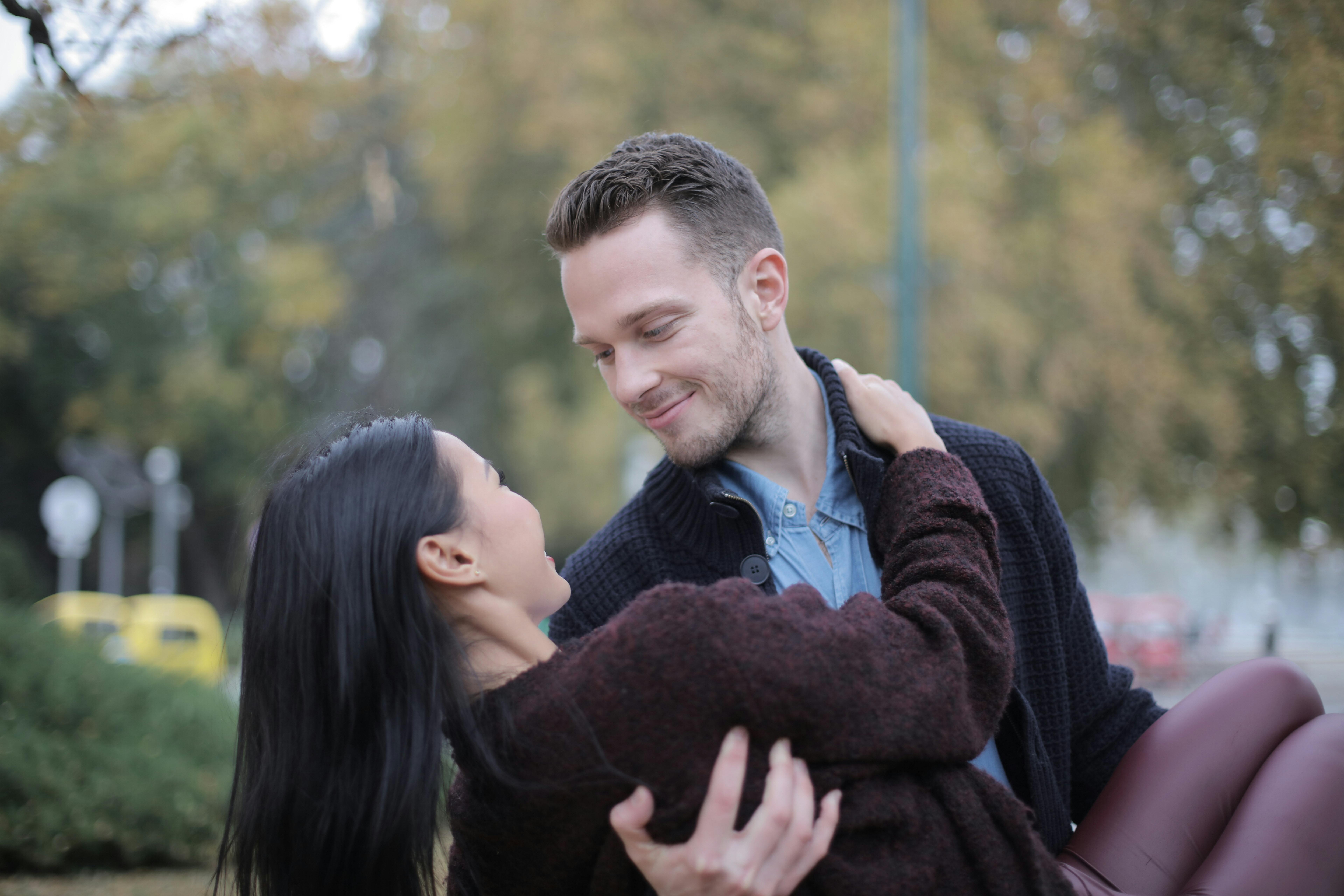Eggs have been an association of Easter celebrations throughout history. The egg was a symbol of fertility and new beginnings in times past, a belief that was taken up by Christian followers who used the egg to represent the resurrection of their Savior.
Although the Christian holiday of Easter is more commonly known as a commemoration of the Resurrection of Christ, pagans celebrated the season much earlier. For Christians, the egg therefore symbolizes new life, a tradition that has survived into modern times, where it is embodied in the form of the chocolate eggs we now see at Easter time.
The Easter festival also dates back to pre-Christian times, where the changing of the seasons and the renewed life of the Earth during the months of March and April were a time of pagan celebration. More Easter symbols, including the Easter Bunny, date back to pagan times.
Decorating hard-boiled eggs at Easter is another well-known tradition, stemming from the belief that the first eggs given at Easter were bird eggs. As a result, these eggs were painted in bright colors, which would give them greater meaning as a gift, and so the practice continues.
The tradition of coloring eggs bright colors, representing rainbows, sunlight, and the fresh colors of spring, dates back to the Middle Ages and is still an important custom for many Christians today. In fact, in Germany it is traditional to paint eggs green and eat them on Maundy Thursday -the Christian holiday or holy day that falls on the Thursday before Easter- which commemorates the Last Supper of Jesus Christ with the Apostles. Also, in Greek and Slavic cultures, eggs are dyed red, which represents a symbol of the blood of Christ.
Egg tossing is a popular Easter activity in Britain and usually takes place on Easter Monday, where people from all over the country roll their decorated eggs down a hill. Depending on where in the country you are, the winner can be determined by which egg rolls the farthest, survives the most turns, or rolls between two pegs. A lesser known fact is that the date of Easter Sunday changes from year to year due to its being based on the lunar calendar. It is celebrated on the first Sunday after the full moon, starting on March 21.
Now that you have a safe way to exercise when it’s Easter Sunday, you’ll have plenty of time in the future to find Easter chocolate gifts, bake some hot cross buns, and find a nice hill to roll your painted eggs on.


